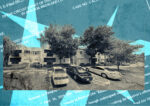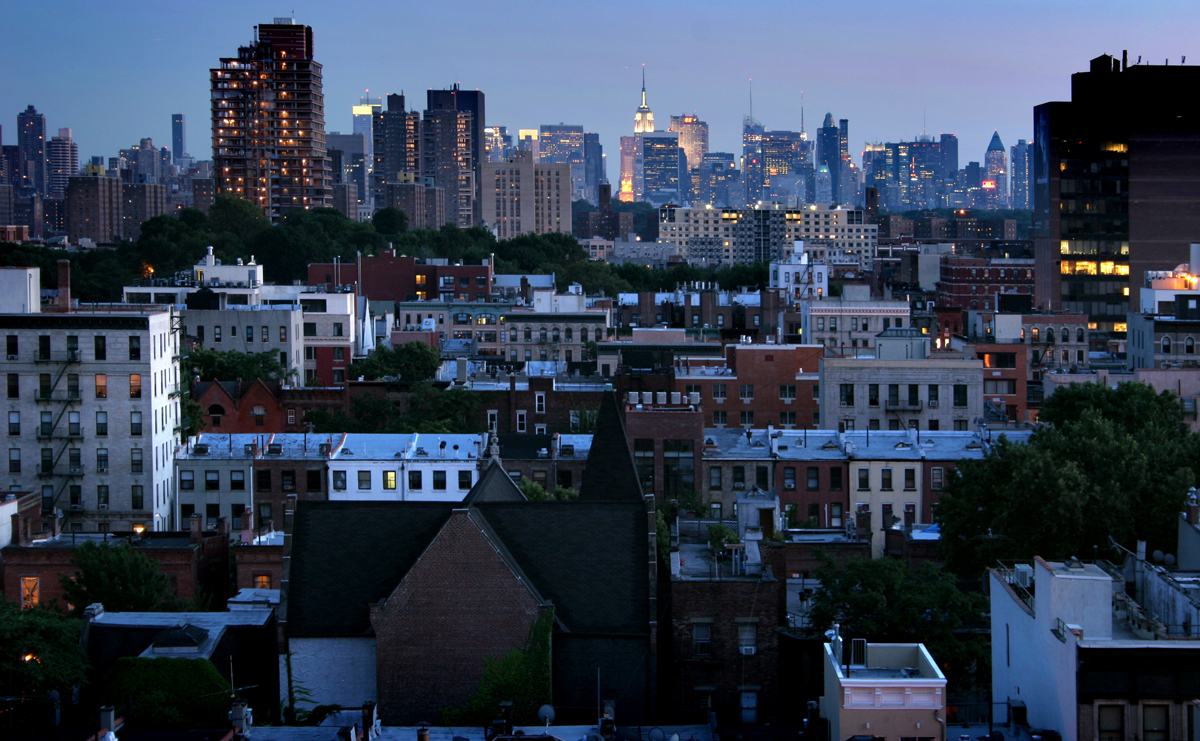Residential
Sales | Apartment List
New York has the fourth-highest level of residential segregation in America. In a survey of 50 major metropolitan areas, segregation in New York was found to have lasting effects, since the neighborhoods in which people grew up in play a role in their success as adults. New York neighborhoods with minorities comprising at least 75 percent of the population were found to have a median income that was 20 percent less than the metro-wide median. New York’s overall segregation index stood at 0.58, just behind Milwaukee, which was found to be the most segregated place in the country with an index of 0.61. Read the report here.
Sales | Yardi Matrix
Brooklyn rents stopped dropping this spring, going up by 0.1 percent year-over-year to settle at $2,678. Rent growth was most prominent in submarkets such as Greenpoint (up 6 percent), Crown Heights (up 3.7 percent) and Downtown Brooklyn (up 3.5 percent). Rents in the borough are expected to plateau around this figure. New York City rents meanwhile are forecasted to drop one percent in 2018. Read the report here.
Sales | Olshan
There were 28 contracts signed in Manhattan at $4 million and above between May 21 and 27. There were 126 contracts signed in the borough for the month of May, which ranks as the lowest for the month since 2012. The most expensive contract for the period was for Unit 65B at 432 Park Avenue. The apartment went into contract with a last asking price of $28.5 million. This marks the fifth time this year that a deal in the building landed in the top spot. Read the report here.
Commercial
A Tale of Two Retail Neighborhoods | REBNY
The retail vacancy rate in the West Village is more than twice as high as in Hell’s Kitchen. The vacancy rate in three of the West Village’s retail corridors is currently at 11.3 percent, which covers 32 of the 284 total stores in the neighborhood. The vacancy rate in Hell’s Kitchen, meanwhile, was at just 5 percent, with just 13 of the 262 total stores in the neighborhood left unoccupied. The report tied the vacancy rate to the denial of liquor license applications. The denial rate in the West Village was more than six times highest than in Hell’s Kitchen. Read the report here.




